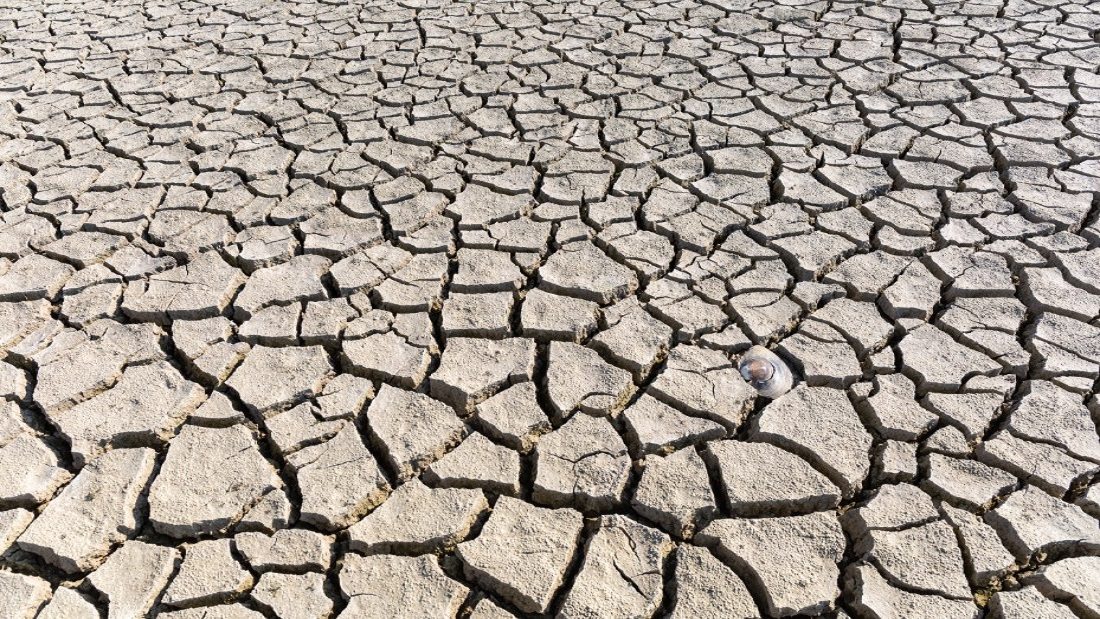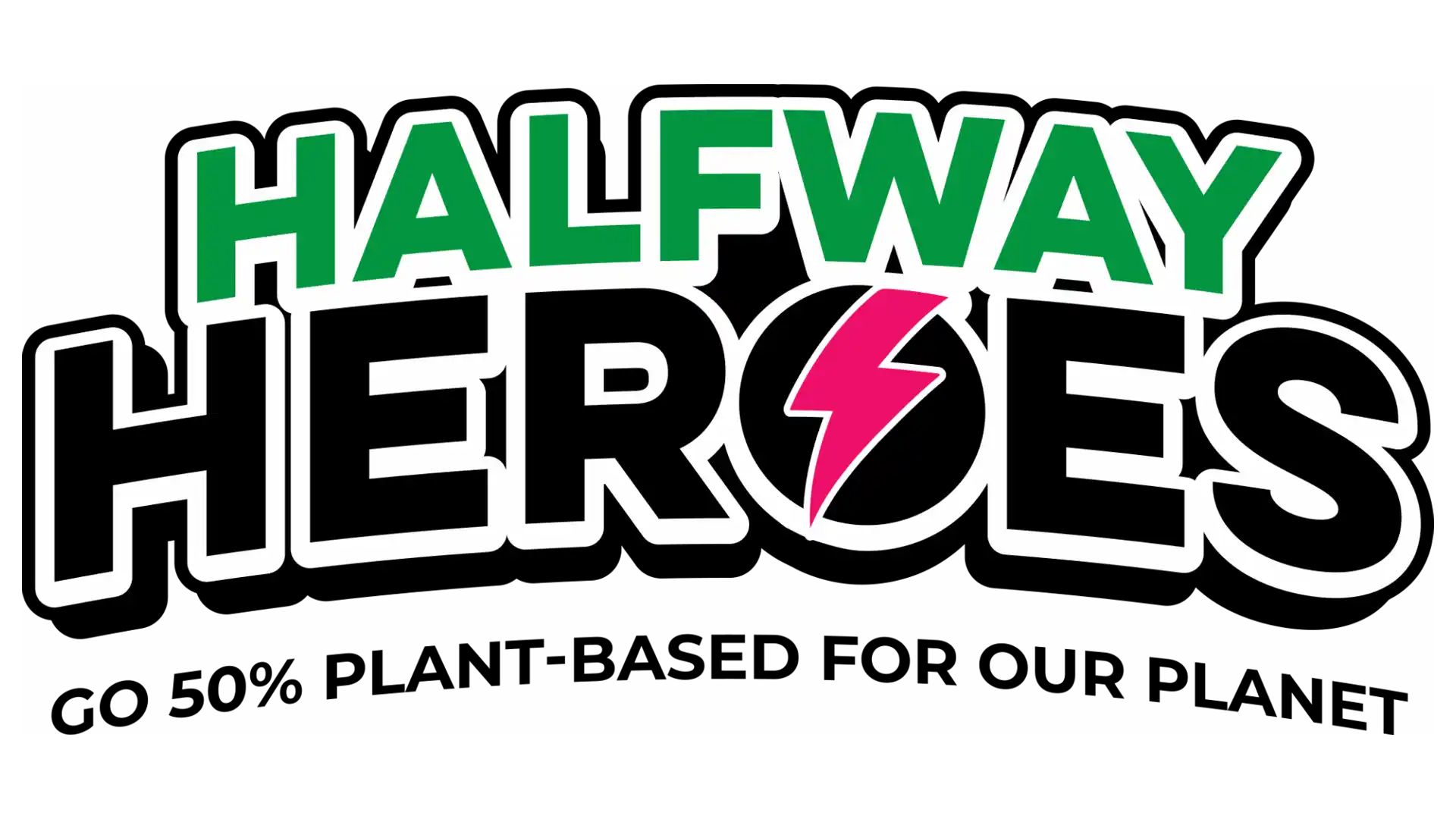Water Use

The production of animal-based foods requires far more water than plant-based foods. Half a billion people in the world face severe water scarcity all year round, yet we squander precious natural resources on inefficient and unsustainable animal agriculture. There’s a direct path leading from climate change to drought, to agricultural collapse, mass human migration and conflict. Severe drought contributed to the conflict in Syria, and Yemen may be the first country to actually run out of water. Scientists warn that future conflicts will be fought over water, rather than oil. A shift in global eating habits towards a vegan diet, could redress the imbalance by preserving water and reducing global hunger and malnutrition.
Water is a vital element for human life – and human activity is closely linked to availability and quality of water. Unfortunately, water is a limited resource and climate change scientists are concerned that access to water may become increasingly challenging for many people as global warming increases.
At least two-thirds of the world’s population – over four billion people – already live with severe water scarcity for at least one month every year, and 500 million people live in places where water consumption is double the amount replenished by rain; leaving them extremely vulnerable. Water shortages are one of the most dangerous challenges the world faces and the situation may be far worse than previously thought.2Mekonnen MM and Hoekstra AY. 2016. Four billion people facing severe water scarcity. Science Advances. 2 (2) e1500323.
Low water levels can already occur in areas with high population density (including cities like London), or where there is a lot of irrigated agriculture (for example in the High Plains in the US). Both high population density and agriculture together contribute to water shortages in areas in India, eastern China and the Nile delta. Large water consumption relative to water availability is causing levels of rivers and lakes to drop, with some lakes disappearing altogether. The Colorado River in the western US and the Yellow River in North China are both now fully or nearly depleted before they reach the end of their course.1Mekonnen MM and Hoekstra AY. 2016. Four billion people facing severe water scarcity. Science Advances. 2 (2) e1500323.
The impact of agriculture
The increasing consumption of animal products is likely to put even further pressure on the world’s freshwater resources as: “The water footprint of any animal product is larger than the water footprint of crop products with equivalent nutritional value.”1Mekonnen, MM and Hoekstra AY. 2012. A global assessment of the water footprint of farm animal products. Ecosystems. 15 (3) 401-415.
Livestock production represents a hugely inefficient use of water, with most of the water consumed used to irrigate crops for cattle feed. When those crops are fed to animals to produce meat and dairy, most of the protein and energy contained in the plant foods are wasted – used in metabolic processes and to build tissue like bones, cartilage, offal and faeces.2Baroni L, Cenci L, Tettamanti M et al. 2007. Evaluating the environmental impact of various dietary patterns combined with different food production systems. European Journal of Clinical Nutrition. 61 (2) 279-286.
“From an environmental perspective, what a person chooses to eat makes a difference.”3Marlow HJ, Hayes WK, Soret S et al. 2009. Diet and the environment: does what you eat matter? American Journal of Clinical Nutrition. 89 (5) 1699S-1703S.
A plant-based diet provides a significant water conservation benefit. Scientists from Loma Linda University in California compared the environmental impact of a vegetarian diet versus a non-vegetarian diet. They found that vegetarians save more than half (54%) of the average weekly indoor water used compared to non-vegetarians. This is more effective than the 35% you might save according to the American Water Works Association by installing more-efficient water fixtures and regularly checking for leaks. They say that the average person uses around 1,835 litres (485 gallons) of water inside the home every week.3Marlow HJ, Hayes WK, Soret S et al. 2009. Diet and the environment: does what you eat matter? American Journal of Clinical Nutrition. 89 (5) 1699S-1703S.
Agriculture is the biggest consumer of water, using 70 per cent of all water withdrawn from aquifers (underground water), streams and lakes; 19 per cent is used for industries and 11 per cent for the municipal sector.4FAO. 2011. The state of the world’s land and water resources for food and agriculture (SOLAW) – Managing systems at risk. Food and Agriculture Organization of the United Nations, Rome and Earthscan, London. Cattle fed on grains, including those who are left to graze, need much more water than is necessary to grow cereals. Nevertheless, consumers in developed and developing countries are asking for more meat. Experts say that the planet’s freshwater reserves will not be sufficient to feed our descendants with the current Western-style diet.2Baroni L, Cenci L, Tettamanti M et al. 2007. Evaluating the environmental impact of various dietary patterns combined with different food production systems. European Journal of Clinical Nutrition. 61 (2) 279-286.
Water consumption represents the most dramatic environmental impact of diet, accounting for 41-46% of overall impact.2Baroni L, Cenci L, Tettamanti M et al. 2007. Evaluating the environmental impact of various dietary patterns combined with different food production systems. European Journal of Clinical Nutrition. 61 (2) 279-286.
The ‘water footprint’ measures the amount of water used to produce goods and services. It can be measured for a single process (such as growing rice), for a product (such as a leather handbag), for the fuel we use in our car, for an individual person or even for an entire company.
Animal-based foods have a much larger water footprint than plant-based foods, with beef topping the scale. One study found that the environmental costs of dairy, poultry, pork and egg production are all comparable (to within a factor of two), but that the impact of beef is strikingly higher. They found that beef requires 28 times more land, 11 times more irrigation water, and emits five times more greenhouse gases than the average of the other animal-based foods.5Eshel G, Shepon A, Makov et al. 2014. Land, irrigation water, greenhouse gas, and reactive nitrogen burdens of meat, eggs, and dairy production in the United States. Proceedings of the National Academy of Sciences. 111 (33) 11996-2001. One-third of the water use in animal agriculture is used in the beef cattle sector; a further 19% is used for dairy cattle. Most of it is used to produce feed for the animals.6Mekonnen MM and Hoekstra AY. 2010. The green, blue and grey water footprint of farm animals and animal products. Value of Water Research Report Series No.48, UNESCO-IHE.
In terms of calories, the water footprint of animal products is larger than for crop products; water use per calorie for beef is 20 times larger than for cereals and starchy roots. The same applies to protein; the water footprint per gram of protein for milk, eggs and chicken is about 1.5 times larger than for pulses. For beef, the water footprint per gram of protein is six times larger than for pulses .1Mekonnen, MM and Hoekstra AY. 2012. A global assessment of the water footprint of farm animal products. Ecosystems. 15 (3) 401-415.
The water footprint of selected foods (per kilogram of food)
| Food | Water footprint (litres per kilogram) |
| Beef | 15,415 |
| Sheep meat | 10,400 |
| Pig meat | 5,988 |
| Butter | 5,553 |
| Cheese | 5,060 |
| Chicken meat | 4,325 |
| Eggs | 3,265 |
| Milk | 1,020 |
| Nuts | 9,063 |
| Pulses | 4,055 |
| Rice | 2,497 |
| Cereals | 1,644 |
| Bread | 1,608 |
| Maize | 1,222 |
| Fruit | 962 |
| Vegetables | 322 |
| Potato | 287 |
Source: 1Mekonnen, MM and Hoekstra AY. 2012. A global assessment of the water footprint of farm animal products. Ecosystems. 15 (3) 401-415.7Mekonnen, MM and Hoekstra AY. 2011. The green, blue and grey water footprint of crops and derived crop products. Hydrology and Earth System Sciences. 15 (5)1577-1600.
To see the water footprint of various foods go to: http://waterfootprint.org/en/resources/interactive-tools/product-gallery/
A study from the well-known think-tank Chatham House (also known as the Royal Institute of International Affairs – a not-for-profit and non-governmental organisation based in London), also concludes that livestock production represents an inefficient use of water. The report says, for example, the production of a kilogram of beef, pork and chicken respectively uses around nine, four and three times as much water as that of cereals. Intensive livestock farming places a strain on scarce water resources and a global shift in diets away from animal-based foods could free significant amounts of water.8Bailey R, Froggatt A and Wellesley L. 2014. Livestock – Climate Change’s Forgotten Sector. Chatham House. https://www.chathamhouse.org/publication/livestock-climate-change-forgotten-sector-global-public-opinion-meat-and-dairy
Limiting the consumption of animal products and following even simple dietary guidelines would considerably decrease the agricultural water footprint. One study suggests that reducing animal products in the human diet offers the potential to save water resources, up to the amount currently required to feed 1.8 billion additional people globally.9Jalava M, Kummu M, Porkka M, et al. 2014. Diet change – a solution to reduce water use? Environmental Research Letters. 9, 074016.
Remember, four billion people live under conditions of severe water scarcity at least one month of the year and half a billion face severe water scarcity all year round.10Mekonnen MM and Hoekstra AY. 2016. Four billion people facing severe water scarcity. Science Advances. 2 (2) e1500323. Is a burger really more important than the large number of people (typically women and girls) who have to walk for several hours every day just to fetch safe water?
The United Nations’ Food and Agriculture Organisation estimates that each year, approximately a third of all food produced for human consumption in the world is lost or wasted. This food wastage represents a missed opportunity to not only improve global food security, but also to mitigate the environmental impacts and resources used in food production. Globally, the freshwater footprint of food waste is equivalent to three times the volume of Lake Geneva, or the annual water discharge of the Volga River; the longest and largest river in Europe.11FAO. 2013. Food Wastage Footprint: Impacts on Natural Resources: Summary Report. www.fao.org/docrep/018/i3347e/i3347e.pdf
The politics of water
Studies show a direct link between climate change and conflict. Climate change contributed to the severe 2007-2010 drought (the worst on record) in Syria, which led to mass migration of farming families into cities. The drought had a catalytic effect, contributing to political unrest. This demonstrates the direct path leading from human interference with the climate, to severe drought, to agricultural collapse and mass human migration.1Kelley CP, Mohtadi S, Cane MA et al. 2015. Climate change in the Fertile Crescent and implications of the recent Syrian drought. Proceedings of the National Academy of Sciences. 112 (11) 3241-3246.
The people of Yemen depend entirely on groundwater and rain for their sources of water. Recently, the very rapid mining of groundwater plunged the country into what is described as a ‘deep water crisis’, with extreme water supply shortages in major cities and perhaps only a quarter of people in the country having access to safe drinking water.2Alyousefi NA, Mahdy MA, Mahmud R et al. 2011. Factors associated with high prevalence of intestinal protozoan infections among patients in Sana’a City, Yemen. PLoS One. 6 (7) e22044. Some reports say Yemen could be the first country to run out of water entirely!
Many other places are living on borrowed time as groundwater is continuously depleted, including Pakistan, Iran, Mexico and Saudi Arabia.
In his Keynote Speech at the Stockholm Water Conference in 2000, Lester Russel Brown, environmental analyst, founder of the Worldwatch Institute and founder and former president of the Earth Policy Institute, said: “It is now commonly said that future wars in the Middle East are more likely to be fought over water than over oil.”3Earth Policy Institute. 2000. How Water Scarcity Will Shape the New Century. www.earth-policy.org/press_room/C68/stockholm_transcript
We’ve known about the dangers of water shortages for a long time. In 1992, The International Conference on Water and the Environment (ICWE) took place in Ireland leading to the Dublin Statement which asserted: “Scarcity and misuse of fresh water pose a serious and growing threat to sustainable development and protection of the environment. Human health and welfare, food security, industrial development and the ecosystems on which they depend, are all at risk, unless water and land resources are managed more effectively in the present decade and beyond, than they have been in the past.”4ICWE. 1992. International Conference on Water and the Environment (ICWE). Dublin Statement on Water and Sustainable Development. www.un-documents.net/h2o-dub.htm
If nothing is done, water shortages are set to worsen as population growth and increasing water use – particularly through eating meat – continues to rise. The World Economic Forum lists water crises as the largest global risk of harm to people and economies over the next decade.5World Economic Forum. 2015. Global Risks 2015, 10th Edition. World Economic Forum, Geneva, Switzerland. http://www3.weforum.org/docs/WEF_Global_Risks_2015_Report15.pdf
We can change the way we use the world’s limited natural resources. A shift in eating habits towards a plant-based diet is the most desirable objective. A vegan diet could play an important role in preserving environmental resources and in reducing hunger and malnutrition in poorer nations.6Baroni L, Cenci L, Tettamanti M et al. 2007. Evaluating the environmental impact of various dietary patterns combined with different food production systems. European Journal of Clinical Nutrition. 61 (2) 279-286.




